How small changes in a protein can have large impacts on human health
In the Tan Lab at Stony Brook University School of Medicine, USA, Dr Dongyan Tan is leading a team of early career scientists who are uncovering the structures and functions of chromatin. These DNA-protein complexes are essential for life. Slight variations in their structure can result in diseases, so it is critical for scientists to learn more about them
TALK LIKE A STRUCTURAL BIOLOGIST
CHROMATIN – a DNA-protein complex found in the nucleus of a cell
CHROMATOGRAPHY – a process used to separate the components of a mixture
DNA – a molecule containing all the genetic information about an organism
ELECTRON MICROSCOPE – a microscope that produces images of very small objects by firing electrons at them
EUCHROMATIN – the transcriptionally active form of chromatin
HETEROCHROMATIN – the transcriptionally repressive form of chromatin
HISTONE – a protein around which DNA is wrapped
LESION – a damaged section of DNA
NUCLEOSOME – the subunit of chromatin, composed of DNA wrapped around a histone core
TRANSCRIPTION – the process by which genes are copied from DNA
DNA carries all the genetic information that controls how a living organism looks and functions. Given that a single strand of DNA is about 2 m long, how can it fit into the nucleus of a cell which has a diameter of only 0.01 mm? Well, we have chromatin to thank for that.
THE TWO FUNCTIONS OF CHROMATIN
In cell nuclei, DNA molecules are not ‘naked’ but are found tightly wrapped around a molecule of histone protein. This subunit, comprising DNA wound around a histone core, is known as a nucleosome, and chromatin is composed of many combined nucleosomes. In this way, chromatin fulfils its function of DNA packaging, allowing 2 m of DNA to fit into a tiny cell nucleus.
Chromatin also has the function of transcription regulation. When DNA molecules are wrapped around a histone core, transcription proteins cannot access them to make messenger RNA (mRNA). However, the chromatin can change shape to ‘open up’ the structure, allowing transcription proteins to access the genetic information contained in the DNA. The open and transcriptionally active form is known as euchromatin, while the closed and transcriptionally repressive form is known as heterochromatin.
Scientists still have many questions about how the structure of chromatin influences its functions. At Stony Brook University School of Medicine, Dr Dongyan Tan is leading a group that hopes to find some answers. Her team is composed of early career scientists, from postdoctoral researchers to undergraduate students, who are investigating how chromatin structure influences the ability of DNA to repair damage to itself, and how variations in the structure of histone proteins result in different chromatin functions in the cell. These findings could uncover important information regarding human health and disease.
DETERMINING THE STRUCTURE OF CHROMATIN
The team at the Tan Lab uses a technique called single-particle cryo-electron microscopy (cryo-EM) to determine the structures of histones and chromatin. Proteins are extracted from bacteria or insect cells through a process called ‘cell lysis’, whereby the cell membrane is destroyed to release the inner cellular materials such as DNA and proteins. The desired proteins are separated and purified using chromatography, then frozen in liquid ethane and imaged by an electron microscope. This method produces 2D images of the protein complex being studied. The team uses specialised computer software to process these 2D images and convert them into the 3D structure of the protein.
INVESTIGATING DNA DAMAGE REPAIR
Previous studies investigating how DNA repairs itself have tended to focus on naked strands of DNA, despite the fact that DNA in cells is wrapped around a histone core and that the structure of this chromatin will influence its function. “Chromatin structure dynamics have long been known to influence repair reactions in DNA repair pathways, and emerging evidence suggests that chromatin also plays an active role in the DNA repair process,” explains Dongyan. “This means previous studies using naked DNA to model damage repair reactions present an oversimplified picture of the repair reactions inside cells.”
To build a more accurate picture of how DNA repairs itself, Dongyan and the team are instead investigating DNA contained within chromatin. They use chemical methods to synthesise DNA with damaged sites, known as lesions, which are then used to create lesion-containing chromatin substrates. The team performs experiments, known as functional assays, to determine the involvement of proteins in particular cellular pathways, using cryo-EM and other biochemical methods to establish the interactions of chromatins. “We then examine whether and how these damaged chromatin substrates change the behaviour of DNA repair enzymes previously observed on naked DNA substrates,” Dongyan says.
THE IMPORTANCE OF HISTONE VARIANTS
As histone proteins provide the structural basis of chromatin, variations in the structure of the histone protein, known as histone variants, will influence the overall chromatin structure and function. To understand how, Dongyan and her team are incorporating histone variants into the two forms of chromatin, euchromatin and heterochromatin, to investigate how their structure and function are altered.
The team artificially creates nucleosomes to mimic euchromatin and chromatin fibres to mimic heterochromatin. “With these samples, we typically conduct three experiments,” says Dongyan. “First, we use cryo-EM to determine the high-resolution structures of the nucleosomes and chromatin fibres. Then, we use a technique called EMSA (electromobility shift assay) to examine the DNA accessibility on the specific nucleosomes. Finally, we perform biophysical studies to investigate the dynamics of chromatin folding and condensation.”
By conducting these studies on chromatin containing different histone variants, the team can determine how the structure of histone variants leads to variations in the structure of the chromatin. “These three techniques provide complimentary information that helps us understand how the incorporation of histone variants alters the structure and dynamics of euchromatin and heterochromatin, and how changes in chromatin structure influence its functions in cells,” Dongyan says.
The Tan Lab has been investigating a specific histone variant known as H2A.Z. The team has discovered that incorporating H2A.Z into chromatin results in substantial structural changes in both the nucleosome subunits and the overall chromatin fibre. “While H2A.Z increases the mobility of DNA in nucleosomes, it simultaneously enables nucleosome arrays to form a more regular and condensed chromatin fibre,” explains Dongyan. “Our study provides the structural basis for H2A.Z-mediated chromatin regulation, showing that the increased flexibility of the DNA termini in H2A.Z nucleosomes is central to its dual-functions in chromatin regulation and in transcription.”
If you are keen to understand how our body works at a molecular level, a career in chromatin structural biology could be for you!
 DR DONGYAN TAN
DR DONGYAN TAN
Stony Brook University School of Medicine, USA
FIELD OF RESEARCH: Structural Biology
RESEARCH PROJECT: Investigating histone variants and chromatin damage repair
FUNDERS: National Science Foundation (NSF), National Institutes of Health (NIH)
This work is supported by the National Institute of General Medical Sciences under award number 1R35GM133611, by the National Science Foundation under award number 1942049, and by the Stony Brook Foundation. The contents are solely the responsibility of the authors and do not necessarily represent the official views of NIH and NSF.
ABOUT STRUCTURAL BIOLOGY
Dongyan’s research focuses on improving our understanding of how chromatin regulators interact and influence the structure and functions of chromatin. There are still many things scientists do not know about these processes, and Dongyan’s goal is to bridge these knowledge gaps. To achieve this, the Tan Lab applies techniques from structural biology to answer questions in the field of chromatin biology.
Improving our understanding of chromatin biology requires high-resolution structural information on how different regulators interact with chromatin in its native functional state. Cryo-EM is an ideal structural biology technique for this, as it not only allows biological specimens to be studied in their native functional state but is also uniquely suited to the study of large and flexible complexes like chromatin and chromatin-associated proteins.
HOW DOES THIS RESEARCH CONTRIBUTE TO OUR UNDERSTANDING OF HUMAN HEALTH AND DISEASE?
“Chromatin is fundamental to all DNA-based processes in cells,” says Dongyan. “Under normal situations, its structure and dynamics is tightly controlled by various epigenetic regulators.” These regulators include enzymes that have functions such as depositing and removing histone variants, relaxing the chromatin structure to facilitate transcription and compacting the chromatin structure to supress transcription.
Reference
https://doi.org/10.33424/FUTURUM239
CHROMATIN – a DNA-protein complex found in the nucleus of a cell
CHROMATOGRAPHY – a process used to separate the components of a mixture
DNA – a molecule containing all the genetic information about an organism
ELECTRON MICROSCOPE – a microscope that produces images of very small objects by firing electrons at them
EUCHROMATIN – the transcriptionally active form of chromatin
HETEROCHROMATIN – the transcriptionally repressive form of chromatin
HISTONE – a protein around which DNA is wrapped
LESION – a damaged section of DNA
NUCLEOSOME – the subunit of chromatin, composed of DNA wrapped around a histone core
TRANSCRIPTION – the process by which genes are copied from DNA
DNA carries all the genetic information that controls how a living organism looks and functions. Given that a single strand of DNA is about 2 m long, how can it fit into the nucleus of a cell which has a diameter of only 0.01 mm? Well, we have chromatin to thank for that.
THE TWO FUNCTIONS OF CHROMATIN
In cell nuclei, DNA molecules are not ‘naked’ but are found tightly wrapped around a molecule of histone protein. This subunit, comprising DNA wound around a histone core, is known as a nucleosome, and chromatin is composed of many combined nucleosomes. In this way, chromatin fulfils its function of DNA packaging, allowing 2 m of DNA to fit into a tiny cell nucleus.
Chromatin also has the function of transcription regulation. When DNA molecules are wrapped around a histone core, transcription proteins cannot access them to make messenger RNA (mRNA). However, the chromatin can change shape to ‘open up’ the structure, allowing transcription proteins to access the genetic information contained in the DNA. The open and transcriptionally active form is known as euchromatin, while the closed and transcriptionally repressive form is known as heterochromatin.
Scientists still have many questions about how the structure of chromatin influences its functions. At Stony Brook University School of Medicine, Dr Dongyan Tan is leading a group that hopes to find some answers. Her team is composed of early career scientists, from postdoctoral researchers to undergraduate students, who are investigating how chromatin structure influences the ability of DNA to repair damage to itself, and how variations in the structure of histone proteins result in different chromatin functions in the cell. These findings could uncover important information regarding human health and disease.
DETERMINING THE STRUCTURE OF CHROMATIN
The team at the Tan Lab uses a technique called single-particle cryo-electron microscopy (cryo-EM) to determine the structures of histones and chromatin. Proteins are extracted from bacteria or insect cells through a process called ‘cell lysis’, whereby the cell membrane is destroyed to release the inner cellular materials such as DNA and proteins. The desired proteins are separated and purified using chromatography, then frozen in liquid ethane and imaged by an electron microscope. This method produces 2D images of the protein complex being studied. The team uses specialised computer software to process these 2D images and convert them into the 3D structure of the protein.
INVESTIGATING DNA DAMAGE REPAIR
Previous studies investigating how DNA repairs itself have tended to focus on naked strands of DNA, despite the fact that DNA in cells is wrapped around a histone core and that the structure of this chromatin will influence its function. “Chromatin structure dynamics have long been known to influence repair reactions in DNA repair pathways, and emerging evidence suggests that chromatin also plays an active role in the DNA repair process,” explains Dongyan. “This means previous studies using naked DNA to model damage repair reactions present an oversimplified picture of the repair reactions inside cells.”
To build a more accurate picture of how DNA repairs itself, Dongyan and the team are instead investigating DNA contained within chromatin. They use chemical methods to synthesise DNA with damaged sites, known as lesions, which are then used to create lesion-containing chromatin substrates. The team performs experiments, known as functional assays, to determine the involvement of proteins in particular cellular pathways, using cryo-EM and other biochemical methods to establish the interactions of chromatins. “We then examine whether and how these damaged chromatin substrates change the behaviour of DNA repair enzymes previously observed on naked DNA substrates,” Dongyan says.
THE IMPORTANCE OF HISTONE VARIANTS
As histone proteins provide the structural basis of chromatin, variations in the structure of the histone protein, known as histone variants, will influence the overall chromatin structure and function. To understand how, Dongyan and her team are incorporating histone variants into the two forms of chromatin, euchromatin and heterochromatin, to investigate how their structure and function are altered.
The team artificially creates nucleosomes to mimic euchromatin and chromatin fibres to mimic heterochromatin. “With these samples, we typically conduct three experiments,” says Dongyan. “First, we use cryo-EM to determine the high-resolution structures of the nucleosomes and chromatin fibres. Then, we use a technique called EMSA (electromobility shift assay) to examine the DNA accessibility on the specific nucleosomes. Finally, we perform biophysical studies to investigate the dynamics of chromatin folding and condensation.”
By conducting these studies on chromatin containing different histone variants, the team can determine how the structure of histone variants leads to variations in the structure of the chromatin. “These three techniques provide complimentary information that helps us understand how the incorporation of histone variants alters the structure and dynamics of euchromatin and heterochromatin, and how changes in chromatin structure influence its functions in cells,” Dongyan says.
The Tan Lab has been investigating a specific histone variant known as H2A.Z. The team has discovered that incorporating H2A.Z into chromatin results in substantial structural changes in both the nucleosome subunits and the overall chromatin fibre. “While H2A.Z increases the mobility of DNA in nucleosomes, it simultaneously enables nucleosome arrays to form a more regular and condensed chromatin fibre,” explains Dongyan. “Our study provides the structural basis for H2A.Z-mediated chromatin regulation, showing that the increased flexibility of the DNA termini in H2A.Z nucleosomes is central to its dual-functions in chromatin regulation and in transcription.”
If you are keen to understand how our body works at a molecular level, a career in chromatin structural biology could be for you!
 DR DONGYAN TAN
DR DONGYAN TAN
Stony Brook University School of Medicine, US
FIELD OF RESEARCH: Structural Biology
RESEARCH PROJECT: Investigating histone variants and chromatin damage repair
FUNDERS: National Science Foundation (NSF), National Institutes of Health (NIH)
This work is supported by the National Institute of General Medical Sciences under award number 1R35GM133611, by the National Science Foundation under award number 1942049, and by the Stony Brook Foundation. The contents are solely the responsibility of the authors and do not necessarily represent the official views of NIH and NSF.
ABOUT STRUCTURAL BIOLOGY
Dongyan’s research focuses on improving our understanding of how chromatin regulators interact and influence the structure and functions of chromatin. There are still many things scientists do not know about these processes, and Dongyan’s goal is to bridge these knowledge gaps. To achieve this, the Tan Lab applies techniques from structural biology to answer questions in the field of chromatin biology.
Improving our understanding of chromatin biology requires high-resolution structural information on how different regulators interact with chromatin in its native functional state. Cryo-EM is an ideal structural biology technique for this, as it not only allows biological specimens to be studied in their native functional state but is also uniquely suited to the study of large and flexible complexes like chromatin and chromatin-associated proteins.
HOW DOES THIS RESEARCH CONTRIBUTE TO OUR UNDERSTANDING OF HUMAN HEALTH AND DISEASE?
“Chromatin is fundamental to all DNA-based processes in cells,” says Dongyan. “Under normal situations, its structure and dynamics is tightly controlled by various epigenetic regulators.” These regulators include enzymes that have functions such as depositing and removing histone variants, relaxing the chromatin structure to facilitate transcription and compacting the chromatin structure to supress transcription.
It is essential that proteins, chromatin and regulators all fulfil their proper function to ensure normal organism function and development. “Any mutations in histone proteins or deregulation of chromatin-modifying enzymes are often linked to a wide range of diseases, from neurodevelopment disorders to cancers.”
WHY SHOULD YOU CONSIDER A CAREER IN STRUCTURAL BIOLOGY?
Dongyan believes structural biology is the ideal pursuit for those interested in understanding biology at the molecular level. Proteins can be seen as the ‘workhorses of cells’, with highly adapted structures for their specific functions. Accessing high-resolution structural information of biomolecules provides insights into their physiological functions in cells. Importantly, this understanding serves as the basis for drug-design that targets important molecules in many diseases. “The most rewarding part of my research is the potential of discovering something novel and significant that would benefit not only the chromatin community but humanity as a whole,” she says.
WHAT DOES THE FUTURE HOLD FOR CHROMATIN BIOLOGISTS?
“It is a very exciting time to be in the field of chromatin structural biology,” says Dongyan. Technological advances in the field have led to much better understanding of chromatin and its role in various cellular processes, but some fundamental questions remain unsolved. “Tackling these questions will require further technology advancement, innovative ideas and collaborations across disciplines,” explains Dongyan. “It is important that the next generation of scientists keeps this in mind. Renew your skills and update your knowledge to keep up with this fast-evolving field.”
EXPLORE A CAREER IN STRUCTURAL BIOLOGY
• Dongyan recommends gaining hands-on experience in a lab as soon as possible. Some structural biology labs will host summer interns, while others will have research programmes designed for high school and college students.
• National laboratories, such as the Brookhaven National Laboratory, have opportunities that are designed for students at any stage.
• The Francis Crick Institute has a wealth of information about structural biology, including a dedicated careers section.
• Zippia has information about careers in structural biology, including what structural biologists do, the salary you can expect and what qualifications you will need.
• At school, chemistry and biology will lay the foundations for more advanced topics in structural biology.
• At university, a degree in biology, biochemistry, molecular biology, bioengineering or biophysics could lead to a career in structural biology.
• Some universities will offer postgraduate courses in structural biology.
HOW DID DONGYAN BECOME A STRUCTURAL BIOLOGIST?
I always enjoyed math and science when I was in high school, especially physics. I like the fact that physics laws are simple yet powerful.
My curiosity and desire to understand how things work led me to establish my own research lab. I have tried to let my curiosity guide me as I search for the scientific questions that intrigue me the most. This has led me to where I am today, where I enjoy the freedom to define my own research program. I also very much enjoy the opportunity to recruit and work with talented students and postdocs, seeing them grow, mature and become independent.
Structural biology is distinct from other subdisciplines in biology. When we obtain the structure of a protein, this information often provides unique insights and long-awaited answers to important biological problems.
Much remains to be explored and discovered by the next generation. Now is a great time to work in the field of biomedical research and it will remain exciting for many years to come. For those of you considering this career path, I think there are two important things to consider for your long-term health and success: find good mentors who will guide and encourage you at every stage of your career, and strike a good work-life balance. It is definitely possible to have both a successful career as a scientist and a good life.
In my spare time, I like to enjoy the outdoors with my family. I especially enjoy simple activities such as cycling in the neighbourhood with my children. We also like camping in the summer and skiing in the winter.
DONGYAN’S TOP TIPS
01 Embrace and celebrate every success you have in your work, even when it seems small at the time.
02 Be a good team player as teamwork will carry you further.
03 Find good mentors who will invest in your training and success. I was very lucky to have supportive mentors throughout the early stages of my career.
MEET HARRY

Harry Jung is a biomedical engineering undergraduate student working in the Tan Lab.
The origins of life on a primitive Earth inspired me to study biomedical engineering. I have always been fascinated by the complexity and intricacy of biomolecules such as RNA, DNA and proteins. I want to understand how tiny mutations in these molecules can lead to pathological states of healthy cells and healthy organisms. Biomedical engineering has the power to help us understand this and implement mechanisms as a force of change in patients’ lives. This is what motivates me to pursue a biomedical engineering degree and further my education and training in the field.
I would definitely encourage high school students to study a degree in biomedical engineering! Biomedical engineering allows you to explore the four facets of STEM (science, technology, engineering and maths). As a biomedical engineering student, you learn the fundamentals of mechanical and electrical engineering and apply that knowledge towards human biology. Additionally, you will gain a substantial amount of knowledge in biochemistry, physics and mathematics. With all these components, biomedical engineers aim to create novel technology to improve the lives of patients and the public.
I can easily say that my experience working in the Tan Lab has been the most fulfilling aspect of my life. The large amount of independence I have developed has allowed me to flourish as a scientist and has fostered my ability to create innovative solutions. We have a very collaborative environment in the lab. I enjoy learning and working with other lab members, as our skills and effort often synergize with one another. Learning how to work as both an independent scientist and collaboratively with other bright and more experienced minds not only furthered my work but has taught me numerous things regarding scientific research.
After I graduate with my Bachelor of Engineering, I hope to gain a PhD in biomedical science or bioengineering. I would like to investigate genetics and genetic engineering in the pursuit of combatting genetic disorders. I plan to pursue a career as a R&D scientist in the biotechnology industry to create innovative medicines and leave a lasting positive impact on the lives that could benefit from my research.
Write it in the comments box below and Dongyan or Harry will get back to you. (Remember, researchers are very busy people, so you may have to wait a few days.)


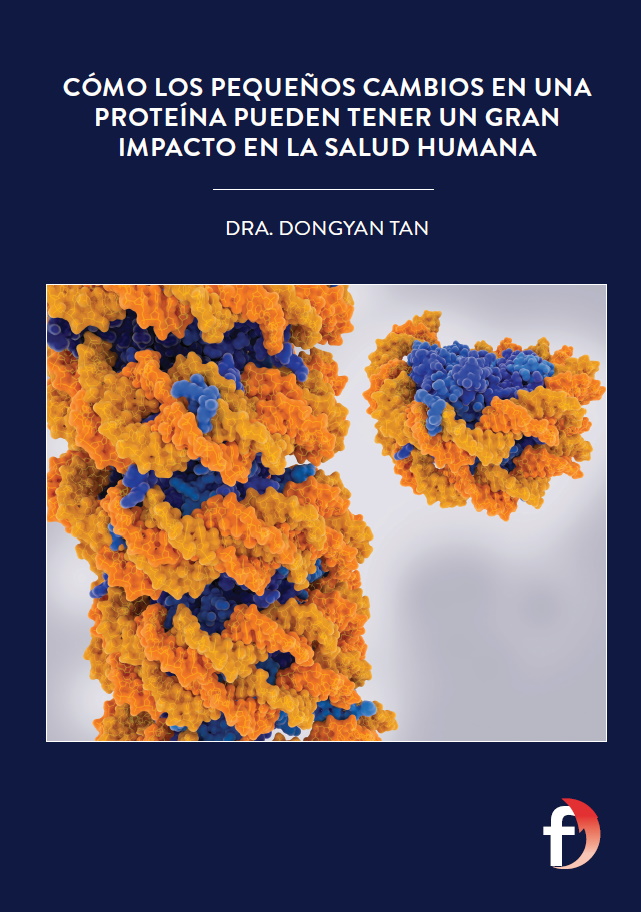
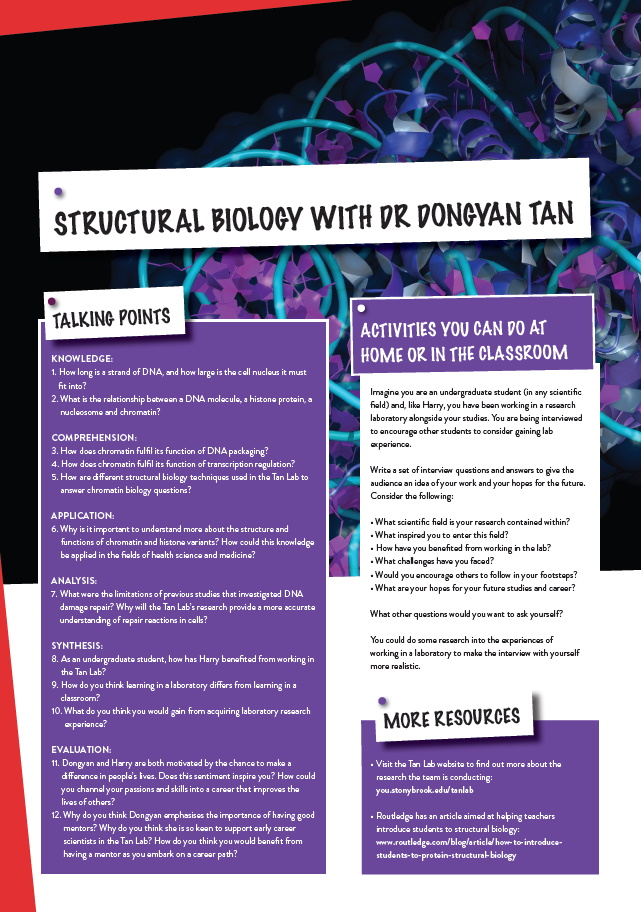
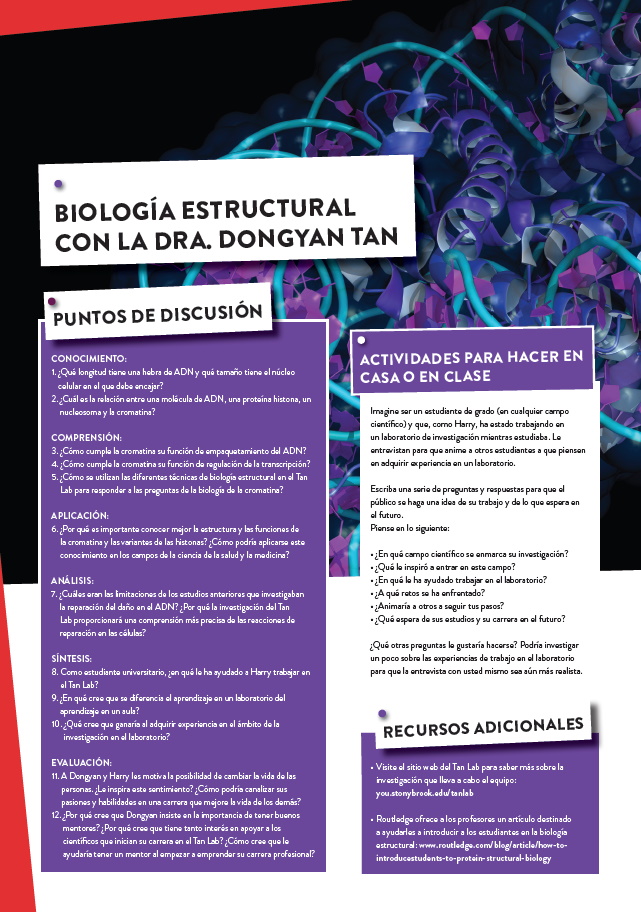
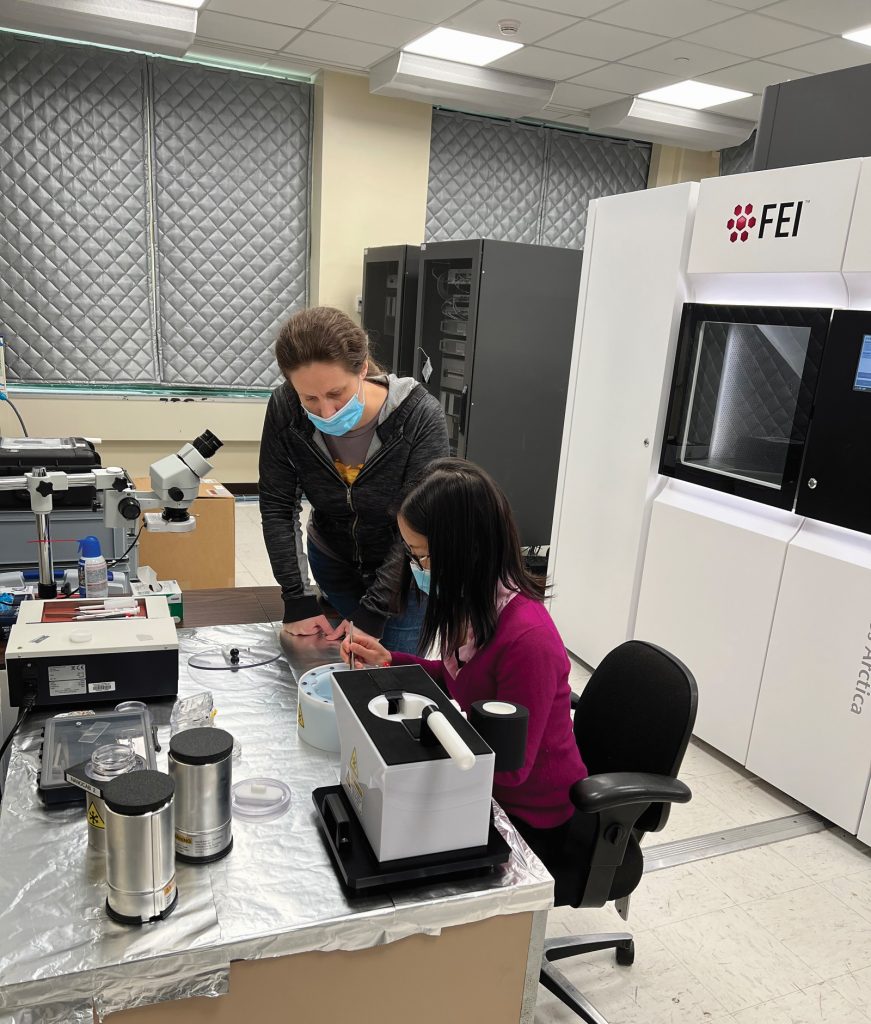
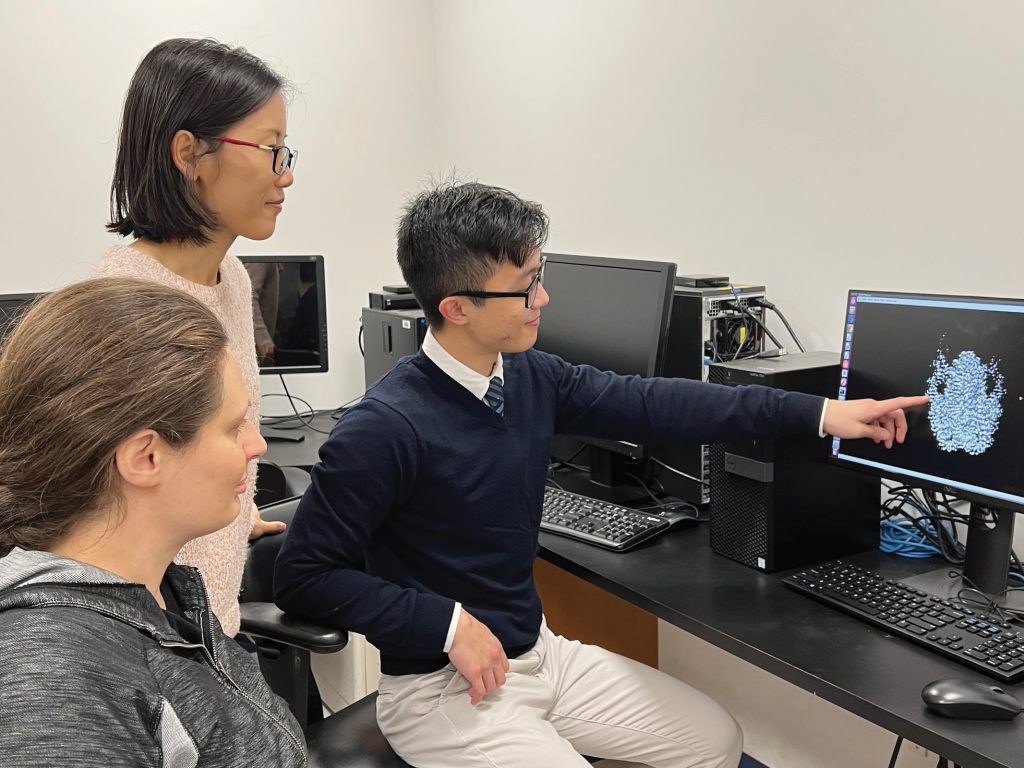
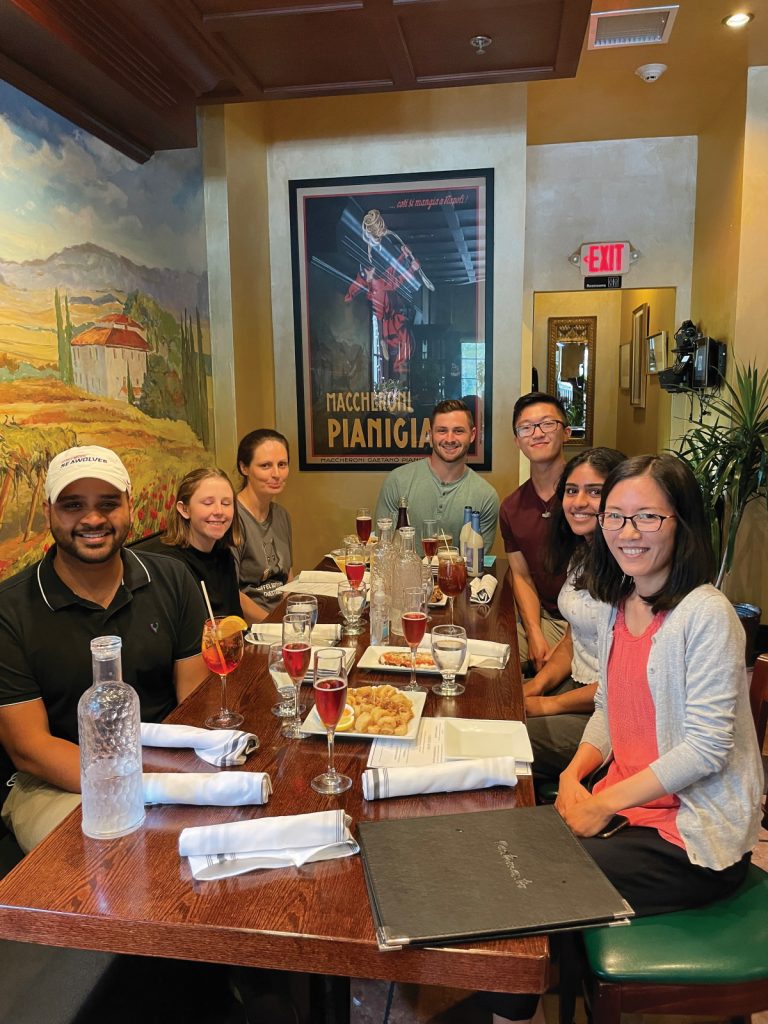


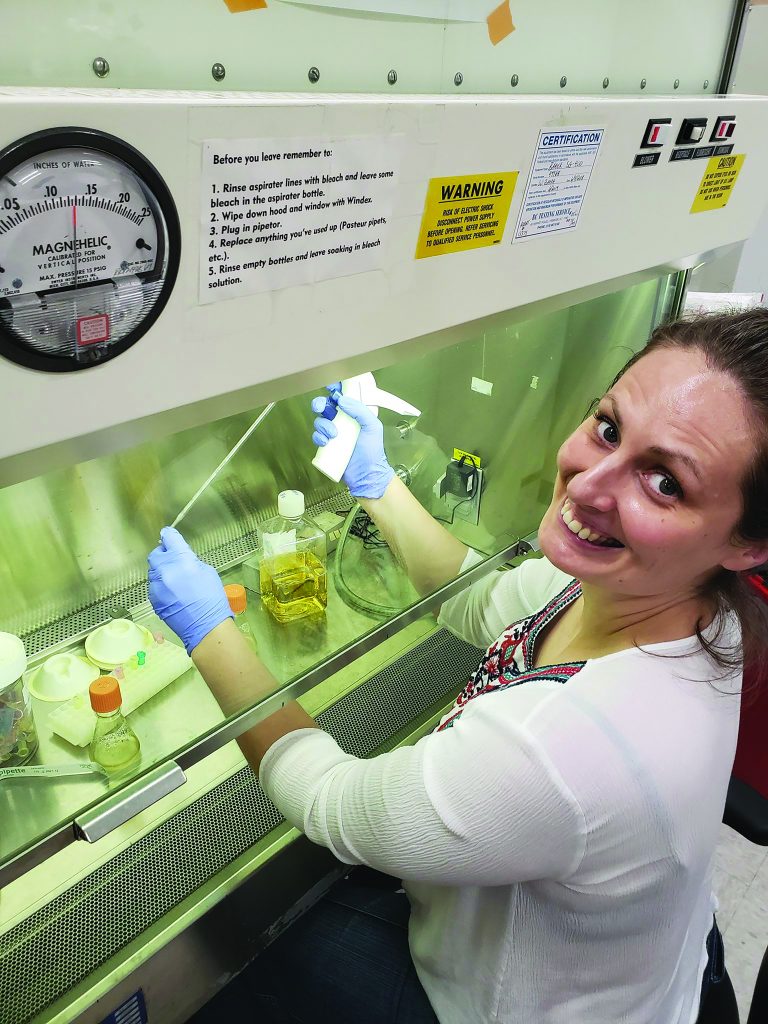

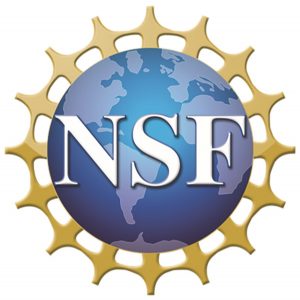


Harry, all the best to your pursue of PhD and your future contribution to the understanding of “the origins of life”
Cardiac sonography is a specialized field in medical imaging that uses ultrasound technology to create images of the heart and its surrounding structures. Cardiac sonographers are responsible for performing these tests and interpreting the results to help diagnose and treat various heart conditions. Due to the complexity and importance of their work, cardiac sonographers are well-compensated, with salaries that can vary depending on their experience, location, and the size of the facility they work in. However, no matter where they work or how much they earn, cardiac sonographers are valued members of the healthcare team, playing a crucial role in the management of heart disease.